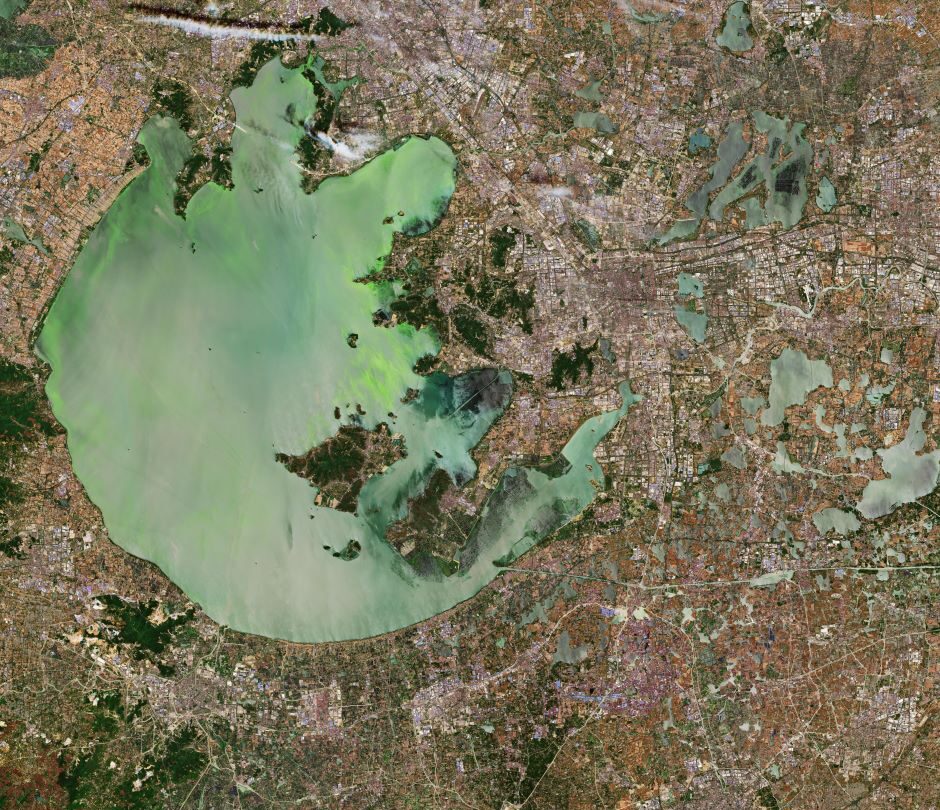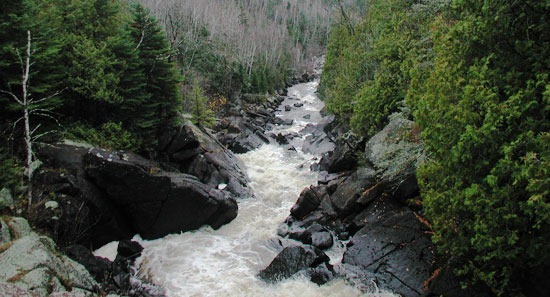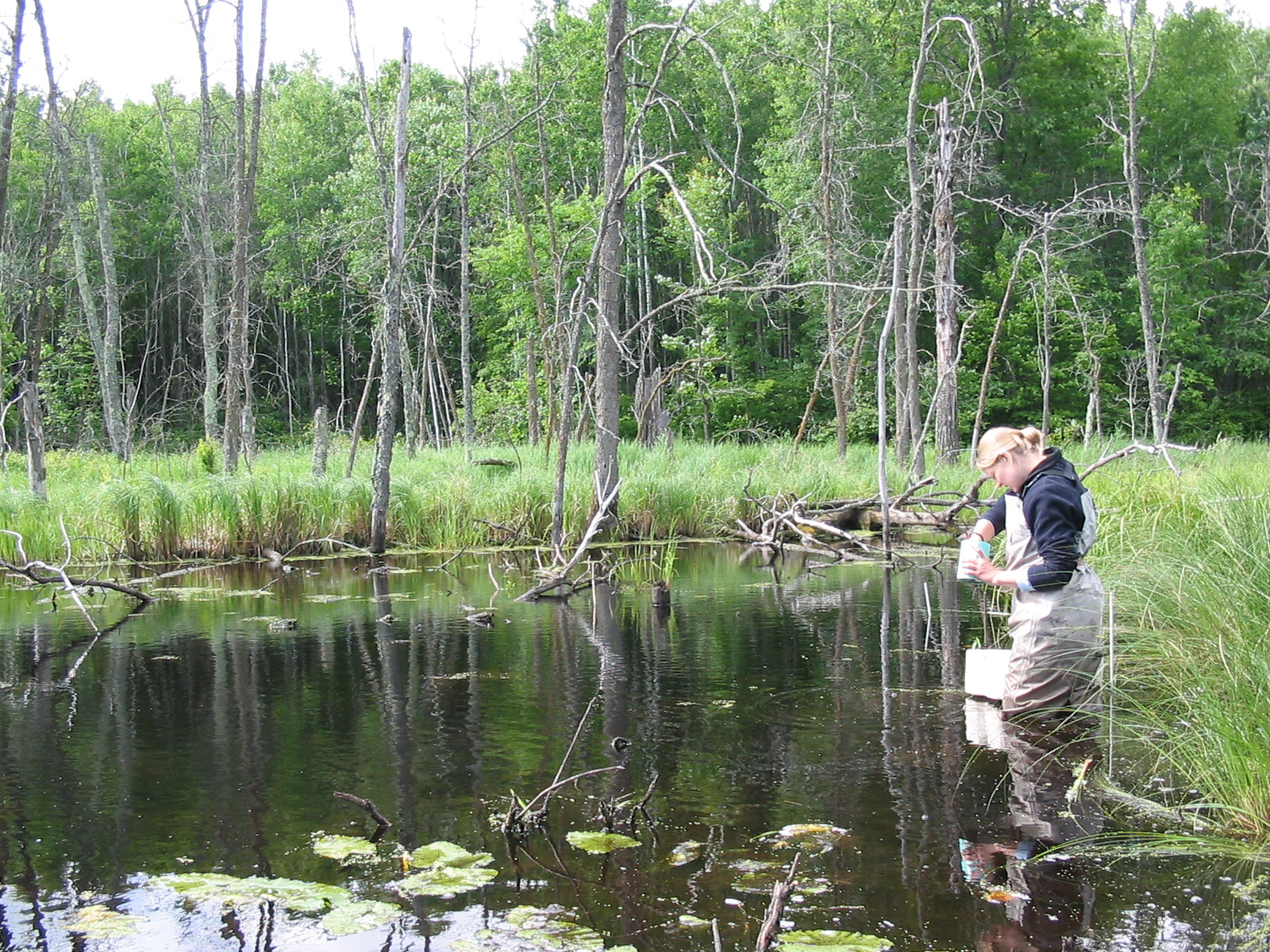Research Brief: Analysis of Microplastic Pollution in Chinese Lakes
0Microplastic pollution is tied to various environmental harms, and as such, researchers are focused on better understanding the influence of microplastics and developing more advanced monitoring and response initiatives. As the largest producer and consumer of plastics worldwide, China is one of many countries to begin investigating microplastic pollution in order to mitigate damages and provide a basis for the control and management of microplastics.
A 2022 study published in Ecotoxicology and Environmental Safety aimed to review and statistically analyze published papers on microplastic pollution in lakes across China and understand the pollution status and characteristics of microplastics. The review addresses the following elements:
- “Review the abundance and characteristics of microplastics in China’s lake ecosystems
- Analyze the main sources of MPs in China’s lake ecosystems”1
Methods
The study searched multiple academic search engines in order to find research containing the words lakes, microplastics and China. Microplastics were measured by items for each study—averaging results when a study examined the same lake multiple times and taking individual results from multi-lake or single-lake research.
Research was pulled from 2016 to 2020 compiled microplastic data, population, provincial GDP, per capita GDP, the domestic volume of garbage disposal, urban wastewater discharge, Lake fishery output and area, and agricultural land area.1 Microplastics were classified into seven categories, including fragments, sheets/film, fibers, pellets/balls, foams, grains/granules/particles and lines.

Lake Tai, China (Credit: European Space Agency via Flickr CC BY-SA 2.0)
Results
After compiling all of the studies, a total of 86 groups of research data on 63 different lakes were collected. Of the lakes represented, a total of 11 provinces were included in the study. In terms of area data, the article was only able to compile 57 data samples from 51 lakes. These variables were analyzed in order to determine the relationship between the lake area and microplastic abundance.1
Results indicate that microplastic abundance decreases as the lake area increases. The study speculates that differences in local social development and economic structure may cause regional differences in the distribution of microplastics. Using relevant analysis, “total abundance of microplastic in the lake’s surface water has a strong correlation with the local economy development and land use.”1
There was also a significant correlation between the abundance of microplastics in lake sediments and the proportion of local agricultural land use and a significant negative correlation with the urban volume of garbage disposal. In short, the study explains that “the degree of MP pollution in organisms was related to the degree of environmental pollution.”1 Findings of the compiled research can provide a theoretical basis for the control and management of MP pollution in lake systems in China.
Source
- Cai, X., Chen, H., Huang, B., Lu, J., 2022. Analysis on Advances and Characteristics of Microplastic Pollution in China’s Lake Ecosystems. Ecotoxicology and Environmental Safety. Volume 232. 113254, ISSN 0147-6513, https://doi.org/10.1016/j.ecoenv.2022.113254.













